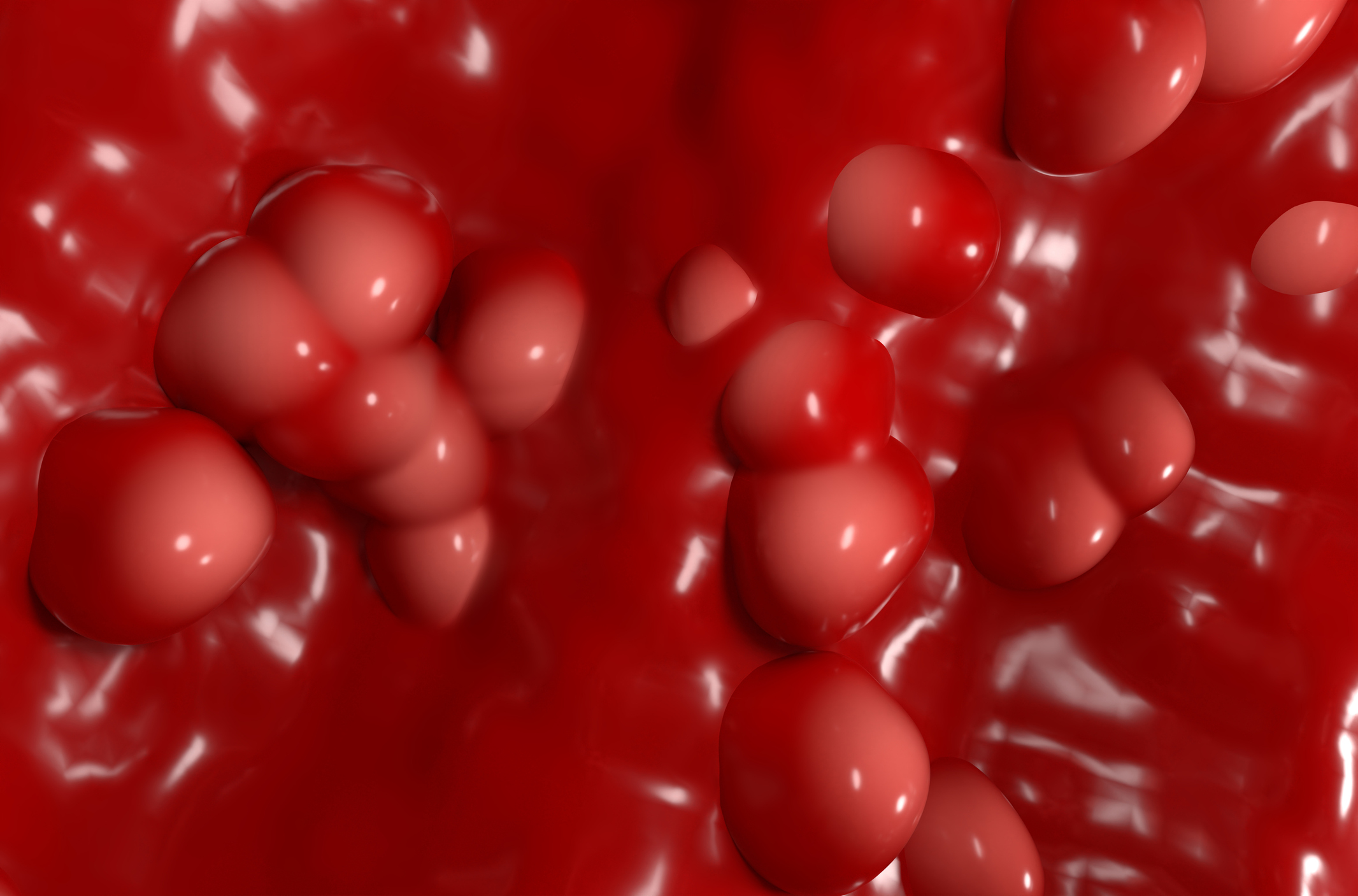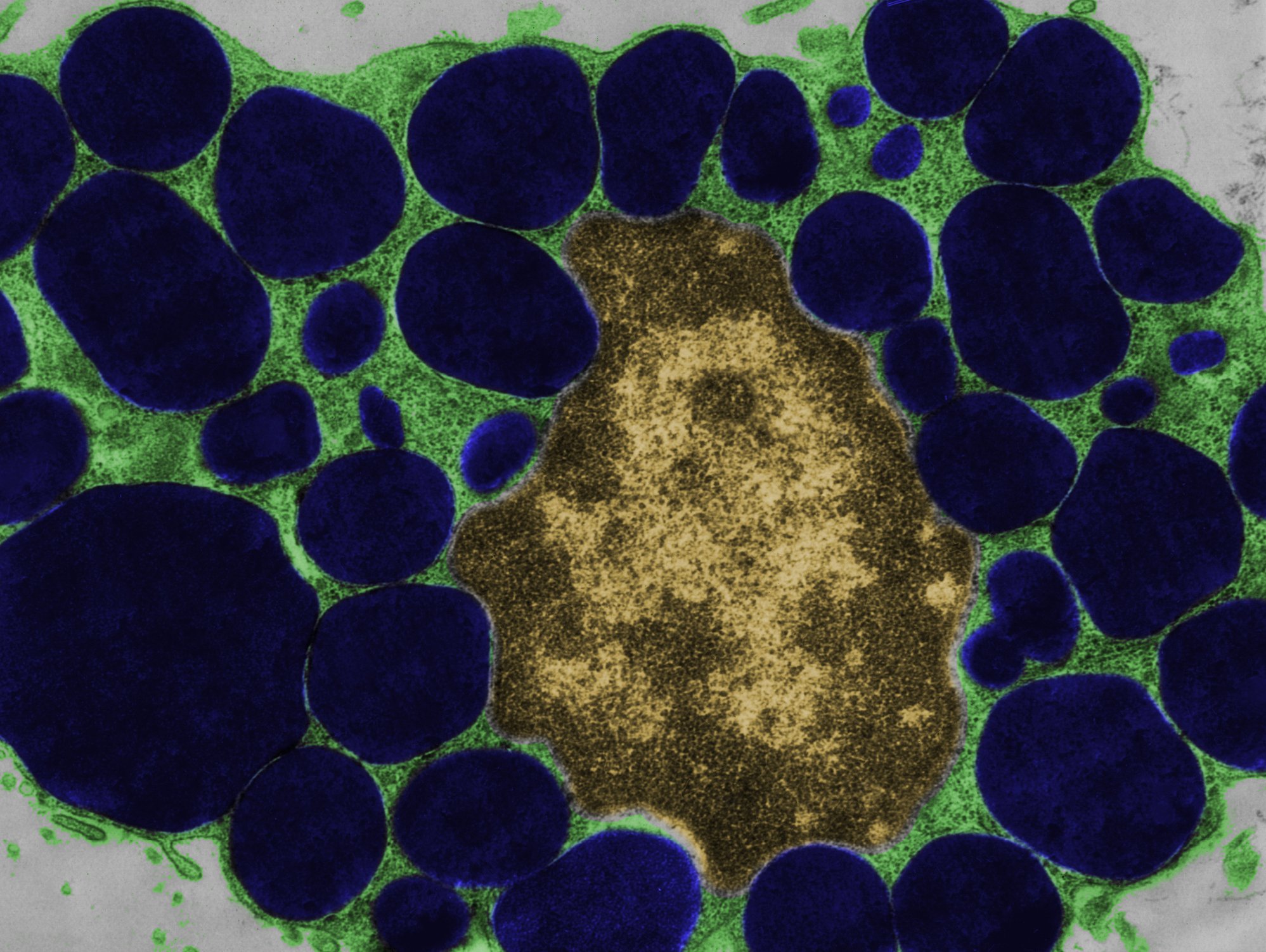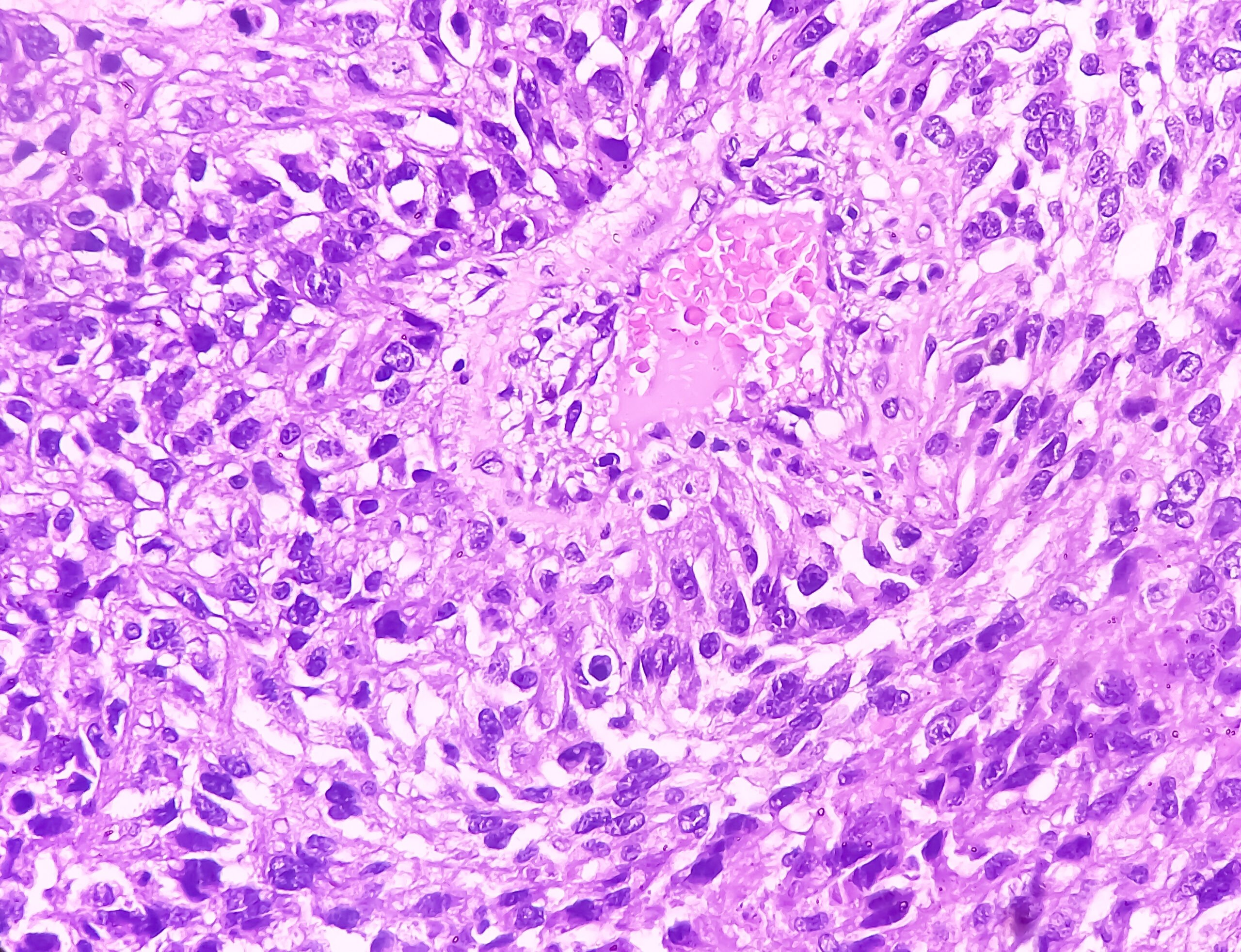Today, 90% of prostate cancers are detected at the localized and thus potentially curable stage. Finding the optimal therapeutic strategy for localized carcinoma is challenging for physicians and patients. Active surveillance, radical prostatic vesiculectomy, external percutaneous radiotherapy, and brachytherapy of the prostate are available. The therapeutic decision must always be made individually, taking into account tumor characteristics (tumor biology or aggressiveness) and patient characteristics (age, comorbidities, preferences). Many patients do not require immediate active treatment, but for a non-negligible number of patients, timely active treatment is life-saving.
Accounting for nearly one-third of all newly detected cancers in men, prostate cancer (PCa) is the most common cancer in men overall and the second leading cause of cancer-related deaths, next to lung cancer. One in six men will be diagnosed with PCa during his lifetime, and one in seven of these men will die from PCa [1]. The introduction of the PSA test as a screening test has on the one hand significantly increased the incidence of PCa in the last decades, on the other hand the PSA test also leads to the fact that today more than 90% of PCa cases are detected at the localized and thus potentially curable stage (“stage shift”) [2].
Tumor Biology
PCa has a surprisingly wide variability of biological aggressiveness. In most cases – compared to other types of cancer – a very slow growth over decades is found. Men with a low-aggressive form of PCa often never develop symptoms and die with PCa rather than from PCa. A long-term observational study of untreated patients with low-aggressive PCa showed a cancer-specific mortality rate of only 17% over a 20-year period [3]. In general, men with a life expectancy of less than 10-15 years are unlikely to benefit from curative treatment.
Morbidity and mortality
The relatively low lethality of PCa compared with other cancers, which may be explained by the many low-aggressive variants, should not obscure the fact that approximately three times more men suffer from problems related to PCa than die from it [4]. Morbidity is therefore considerable. The most common problems that can severely impact quality of life include macrohematuria, lower and upper urinary tract dysfunction, pathologic bone fractures, and side effects of systemic therapies. Especially against the background of the demographic development of the population, this point must not be forgotten in the discussion about the PCa.
Curative and palliative therapies
There are effective therapies that can prevent or at least greatly delay mortality and especially morbidity from PCa. A general distinction is made between curative and palliative treatments, although even today only the localized forms of PCa are curable. Palliative therapeutic approaches for metastatic disease include systemic treatments using hormone ablation, chemotherapy, and in some cases radiation therapy. The therapeutic decision must always be made individually, taking into account tumor characteristics (tumor biology or aggressiveness) and patient characteristics (age, comorbidities, preferences). The potentially curative therapeutic modalities in localized PCa are presented below.
Active Surveillance
Active surveillance (AS) is an observational strategy with principally curative intent in low-malignant PCa with the goal of reducing overtreatment. Patients are monitored closely by PSA progression and repetitive prostate biopsies to detect tumor progression or even tumor misclassification early and then initiate curative therapy. Proper patient selection is particularly critical in this strategy.
The results so far are promising: the overall survival of the patients in the long-term course is the same as in patients who received curative therapy directly. Approximately 25% of patients undergoing AS receive curative therapy during their course [5]. AS is not the same as so-called Watchful Waiting. The latter is a palliative observation and treatment strategy in patients who would be unlikely to benefit from a curative treatment approach.
Radical prostatic vesiculectomy
Radical prostatic vesiculectomy (rPVE) involves surgical removal of the entire prostate, including the capsule and seminal vesicles. In addition to the open technique, the procedure is now increasingly offered robot-assisted laparoscopically (DaVinci technique). In patients with clinically localized PCa, rPVE is associated with better cancer-specific survival compared with patients under watchful waiting (level 1 evidence) [6]. In aggressive tumors, rPVE is also superior to radiation in particular, with a comparable side effect profile (incontinence, impotence) [7].
During rPVE, pelvic lymphadenectomy is frequently performed; whether this measure contributes to improved tumor control in addition to clarifying staging has not been conclusively determined.
In case of local recurrence after rPVE, additional local irradiation is a potent post-treatment option with relatively low morbidity. In general, the younger the patient and the more aggressive the tumor, the more likely rPVE is the treatment modality of choice.
External percutaneous radiotherapy of the prostate gland
External percutaneous radiotherapy of the prostate (EPRP) is a noninvasive curative therapy modality. Apart from rPVE, EPRP is the best-studied treatment modality with proven efficacy in long-term studies. Randomized trials directly comparing EPRP with rPVE do not exist, yet overall tumor control appears to be somewhat worse with EPRP compared with rPVE, especially in aggressive PCa [8,9]. In locally advanced PCa, the combination of EPRP and additional androgen deprivation is associated with a survival benefit compared with androgen deprivation alone (level 1 evidence) [10].
In recent years, major technical advances have been made in the field of EPRP with minimization of side effects through optimized irradiation fields and better control of dose application. Treatment of local recurrence after EPRP is challenging because salvage rPVE, although technically feasible, is associated with relatively poor functional outcomes. It also remains unclear whether and at what frequency radiogenic second cancers occur after EPRP.
Brachytherapy of the prostate
Brachytherapy is a form of internal curative radiation therapy. Very small radiation sources (so-called seeds) made of titanium and iodine-125 are inserted into the prostate. The seeds remain in the prostate, where they exert their radiation effect – highly dosed and targeted – on the tumor tissue. Because it is a rather newer procedure, brachytherapy is less well studied scientifically than EPRP or rPVE, again lacking randomized trials with direct comparison to other curative therapies. In case series studies, brachytherapy shows good long-term tumor control [11].
Careful selection of patients is also important here: The tumors should be low- to medium-aggressive but not aggressive, the prostate volume should not exceed 50 ml, and micturition should be possible without discomfort. Local recurrences present the same problems as EPRP. Overall, in well-selected patients, brachytherapy is a conceptually attractive, minimally invasive procedure with a more favorable side effect profile than rPVE or EPRP.
What does the future hold?
A potential revolution in the treatment of PCa is potentially on the horizon due to technological improvements in imaging techniques with optimized visualization of the prostate. If in the future carcinoma foci within the prostate can be precisely visualized (which is generally still too unreliable today), then targeted local treatment with other organ preservation could be performed. Such therapies are already partially used today (e.g. partial prostatectomy or radiofrequency ablation of the prostate [HIFU]), but long-term oncological results are still completely lacking.
Intensive research is also being conducted in the field of prognostic biomarkers to distinguish significant from insignificant PCa. Such markers would be enormously valuable in selecting treatment modality.
Overall, all efforts are aimed at reducing overtreatment in low-aggressive PCa, thereby also reducing treatment-associated morbidity and costs. On the other hand, patients with more aggressive forms of PCa should be identified in a timely manner and treated efficiently to reduce the still significant mortality and morbidity of PCa.
Conclusion
Finding the optimal therapeutic strategy for localized PCa is a challenge for all physicians involved and also for patients. The tumor biology of PCa and the advantages and disadvantages of the various forms of therapy must be critically discussed with the patient. The therapeutic decision should be individualized, taking into account tumor and patient characteristics. Many PCa patients do not require immediate active treatment, but for a non-negligible number of patients, timely active treatment is life-saving.
Take home messages
- PCa is a very common carcinoma with highly variable biological aggressiveness.
- The already high prevalence and incidence of PCa will increase significantly due to demographic developments.
- Not every man diagnosed with PCa will die from it; thus, not every man with localized PCa needs immediate treatment.
- Individualized decision making is the big clinical challenge today.
- Various curative therapeutic options exist for localized PCa, all of which achieve relatively high tumor control when properly indicated.
Literature:
- Jemal A, et al: Cancer statistics, 2010. CA Cancer J Clin 2010; 60: 277-300.
- Schroder FH, et al: Screening and prostate-cancer mortality in a randomized European study. N Engl J Med 2009; 360: 1320-1328.
- Lu-Yao GL, et al: Outcomes of localized prostate cancer following conservative management. JAMA 2009; 302: 1202-1209.
- Popiolek M, et al: Natural history of early, localized prostate cancer: a final report from three decades of follow-up. Eur Urol 2013; 63: 428-435.
- Klotz L: Active surveillance for prostate cancer: for whom? J Clin Oncol 2005; 23: 8165-8169.
- Bill-Axelson A, et al: Radical prostatectomy versus watchful waiting in early prostate cancer. N Engl J Med 2011; 364: 1708-1717.
- Resnick MJ, et al: Long-term functional outcomes after treatment for localized prostate cancer. N Engl J Med 2013; 368: 436-445.
- Merglen A, et al: Short- and long-term mortality with localized prostate cancer. Arch Intern Med 2007; 167: 1944-1950.
- Hoffman RM, et al: Mortality after radical prostatectomy or external beam radiotherapy for localized prostate cancer. J Natl Cancer Inst 2013; 105: 711-718.
- Warde P, et al: Combined androgen deprivation therapy and radiation therapy for locally advanced prostate cancer: a randomised, phase 3 trial. Lancet 2011; 378: 2104-2111.
- Potters L, et al: 12-year outcomes following permanent prostate brachytherapy in patients with clinically localized prostate cancer. J Urol 2008; 179(5 Suppl): S20-24.
InFo ONCOLOGY & HEMATOLOGY 2014; 2(8): 15-17.











